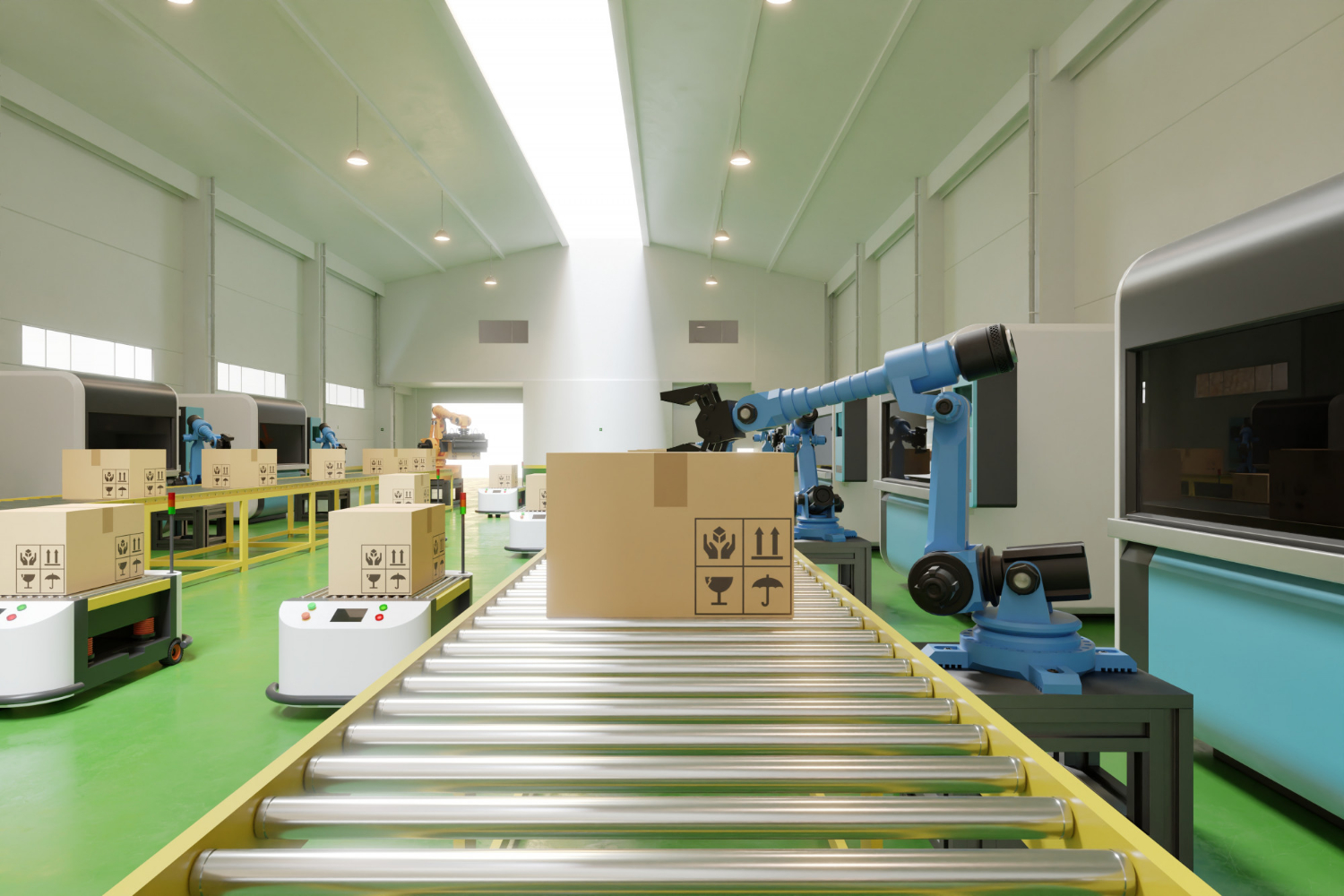For any company that is into mining, food procession or electronics, conveyor belts play an important role in their entire process. If conveyor belts are not working efficiently, then it can affect the entire production and distribution line-up. A company might have to face issues such as going off schedule, safety issues and huge losses in terms of money and productivity. The best way to deal with such a problem is to be prepared by keeping a close eye on the conveyor belts at your disposal.
Furthermore, you have to keep a track of variable frequency drive (VFD), belt slippage, motor burnout, and much more. By careful observation of the conveyor belt’s functioning, you can identify and stop many problems before they develop into bigger ones.
Once you're well aware of the dynamics of conveyor belt maintenance, then this task becomes easy. To help you achieve this, here are some tips for conveyor belt maintenance that should come in handy.
Routine Maintenance Inspections
Frequently, any mishap that happens in your production line can be caused due to lack of proper maintenance. By making maintenance inspections a part of your regular routine, you can spot and reduce the issues related to conveyor belts. So, create a comprehensive checklist that covers all the key aspects of the conveyor belt such as pulley alignment, frequency variable drive and belt tension.
Watch Out for Common Problems
The functioning of the conveyor belt seems simple, but it consists of many variables working in sync. If any one of these variables develops any problems, then the functioning of the conveyor belt is jeopardised as well. So, keep an eye on some of the most common problems such as belt mistracking and slipping, any problem with rollers, blockages and uneven speeds.
Scheduled Preventative Maintenance
Any piece of machinery, no matter how durable it might be, needs maintenance at the right intervals. The same goes for conveyor belts; preventative maintenance is the best way to keep them running. For starters, you can follow the manufacturer’s recommendation for scheduling such maintenance. This maintenance consists of a thorough inspection of all the components, replacement of worn down parts and upgrades of the small components such as wires and cables.
Keep the Belt Clean
Cleaning the conveyor belt is as important as lubricating the machine parts. An uncleaned belt can hinder the process as it becomes susceptible to slipping, which affects its weight-carrying capacity. You need to be vigilant when looking out for any underside dirt build-ups that are formed on belt rollers, as it can reduce the lifespan of the belt as well as the motor. Regular cleaning increases the belt’s lifespan.
Watch for Belt Slippage
Conveyor belts run smoothly on the fine balance of tension. Any imbalance in this tension, either too much or too little, can result in belt slippage. Even loading products that are too heavy for the conveyor belt can result in belt slippage. To tackle this situation, conduct regular inspection of all the parts for wear and tear, and fix the tension of the belt if it’s too loose or too tight.
Check the Bearings
Never miss an inspection when it comes to the bearings of your conveyor belt. Conveyor belts have a simple yet complex mechanism of moving parts, and bearings play an important role in its smooth functioning. Loose or dry bearings can result in a breakdown, so they should regularly be lubricated. Clean off any lubricant that might have come in contact with the conveyor belt as some lubrication might damage the belt.
Clean and Service the Motor
You might have invested in motor control speed to make your conveyor belt more efficient. But, if you are unable to clean off the dirt, dust and grease; it can clog the fan vents and result in overheating of motors. And we all know what happens with an overheated motor, it burns out eventually and you might have to replace it. Regular cleaning and maintenance of motors can save you from such scenarios.
Service the VFD or VSD
Variable Frequency Drive (VFD) and Variable Speed Drive (VSD) play a key role in the smooth functioning of conveyor belts. As VFDs control the frequency and voltage of electric motors and VSDs regulate the speed and torque of electric motors, they need servicing at proper intervals. You can hire the services of professionals who can conduct this service, handle the maintenance and can solve any issues related to them.
These tips should enable you to have conveyor belts that routinely stay in good condition. It will increase the life span of belts, and thus, it will save a lot of time and money which would’ve been wasted on repairs or replacement.









 Erika Rhein, the contributing author and the professional blogger by profession. With years of experience, I now focus on writing blogs on varied niches. Being a research enthusiast, I like to provide my readers with the useful and informative articles on the different topics they are looking for. I aim to create a difference through my writing.
Erika Rhein, the contributing author and the professional blogger by profession. With years of experience, I now focus on writing blogs on varied niches. Being a research enthusiast, I like to provide my readers with the useful and informative articles on the different topics they are looking for. I aim to create a difference through my writing.
0 Comments